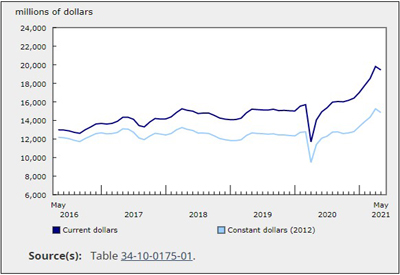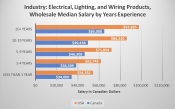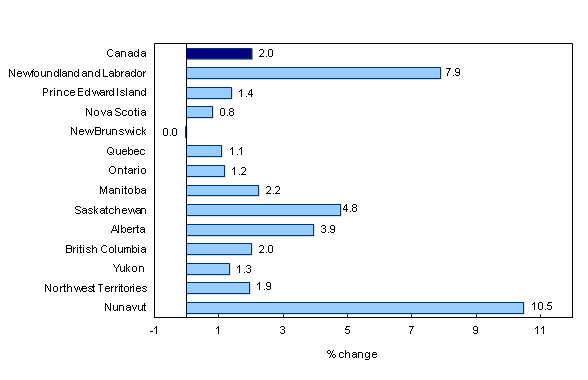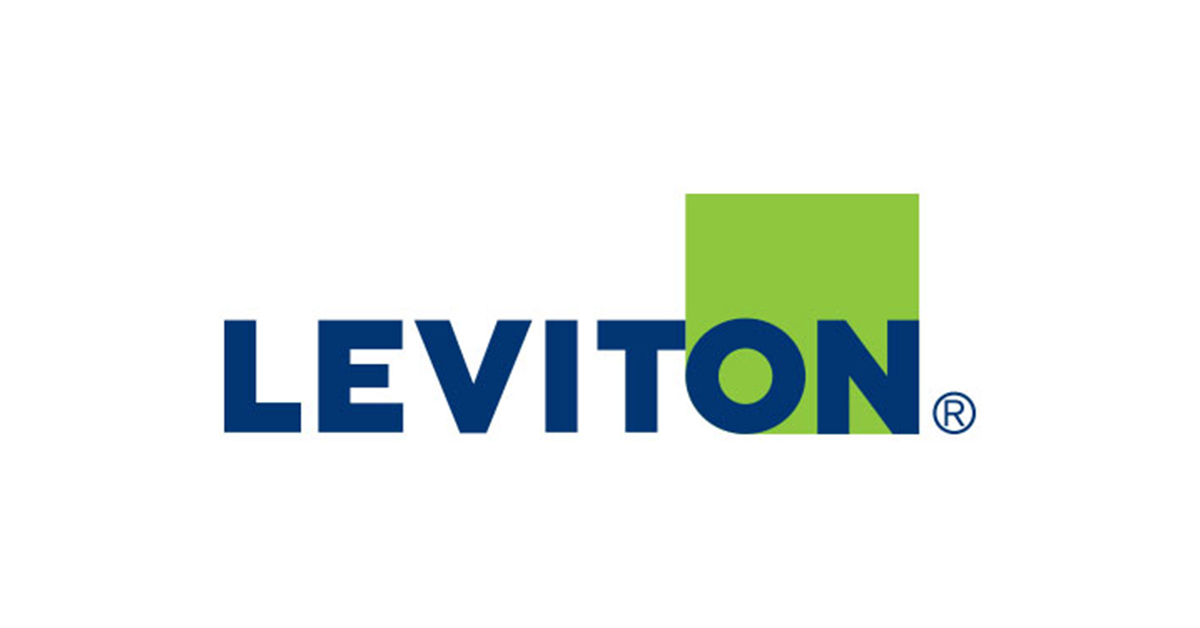Joe’s Gone. Now What?!

September 13, 2017
By Michelle Branigan
In May, Statistics Canada released data from the 2016 census reporting that seniors now outnumber children for the first time in the survey’s history. The percentage of those aged 65 and older climbed to 16.9% of Canada’s population, exceeding the share of those under 15 years old at 16.6%. In the meantime, the portion of the working-age population — those between the ages of 15 and 64 — declined to 66.5% from 68.5% in the 2011 census.
Looking ahead, by 2031 almost one in four Canadians could be 65 or older, while the share of children would remain similar to 2016 levels, at 16%, according to the government agency.
For many of us who look at demographics on a frequent basis, this was not a surprise. There has been much discussion on what effect the exit of the baby boomer generation will have on the labour market. In the electricity sector, for example, all but the youngest boomers hit the average age of retirement for our sector (58) in 2016. These departures mean that a vast amount of corporate memory, specialized knowledge and expertise will be lost. As a result, senior leaders and managers in many organizations of all sizes are looking to identify their own replacements, knowing that the process will take some time — not only to identify the right candidate but to ensure there is adequate time to groom that person to successfully take the reins.
So how do employers plan to replace key leadership, technical and specialized positions that will soon be vacant? What would you do today if “Joe,” who has been a key employee for the last 20 years, suddenly announces he’s ready for the cottage, or falls ill? Are you prepared?
To address these challenges, organizations must consider formalized ways to ensure that the business will not suffer from departures. “If you fail to plan, you are planning to fail,” said Benjamin Franklin, and how true it is, especially in terms of business succession.
For many organizations, succession planning is now part of their strategic human resources planning. They have recognized the need for long-term planning, as well as, the advantage of having a quick turnaround to replace key players in the organization. However not all companies are as far along as they would like to be, or have put the process on the back burner while they deal with day-to-day operations and ensuring they are meeting client expectations. But to succeed in an environment that will see competition for skilled workers get increasingly tight, all organizations, big or small, need to invest time to define the type of critical talent they require to grow and evolve their business now and in the future.
In the past the Human Resources (HR) function used to be considered first and foremost a part of the business function of an organization, dealing strictly with the administrative aspect of managing the workforce (benefits and payroll). Today, HR’s role is strategic and its integration in all aspects of the business is recognized as a key to success. This strategic role involves 1) managing talent, 2) developing employees, and 3) succession planning.
Traditional succession planning involves implementing a formal process to identify, evaluate and develop candidates internally (and occasionally externally) to fill key leadership positions within the organization. These roles are usually limited to higher level management, including the CEO position.
However, more and more organizations are also including middle management and other positions in their succession plans, as they should. Organizations are also recognizing that technical and specialized positions will soon be left vacant and this expertise will be difficult to replace without a formalized strategy to either identify talent externally or develop potential internally. This takes time. Thus, the key to the succession planning process is the identification of critical talent.
Succession planning best practices
The following provides key best practices, as reported by our industry, to help with succession planning implementation efforts:
- To be fully effective, succession planning must include leadership positions as well as middle management and technical positions.
- Succession planning can benefit the organization by reducing staff turnover, reducing the cost and the turnaround time to fill vacancies, mitigating the risk of sudden departures, increasing an organization’s appeal to investors and potential employees, and aligning the staffing strategies with the organization’s overall business strategy.
- Identifying talent is at the very core of the succession planning strategy.
- There are barriers and challenges that can be overcome with proper preparation, implementation and evaluation.
- Succession planning is part of an integrated strategic business plan.
- A regular and formal process should be used to identify key and vulnerable positions in the organization.
- Competency-based assessments can be used to determine readiness and potential for future placement.
- Formal development programs need to be implemented that include job rotation, assignments, action learning programs, mentoring, tuition reimbursement, and assessment of competencies/performance).
- Job-matching systems can be used to assess employee competencies against job competency profiles.
- Employee self-help planning tools (career planning workshops, workbooks) can be used as part of development plans.
To learn more about succession planning and access further research and tools visit electricityhr.ca
Michelle Branigan is CEO, Electricity Human Resources Canada.











